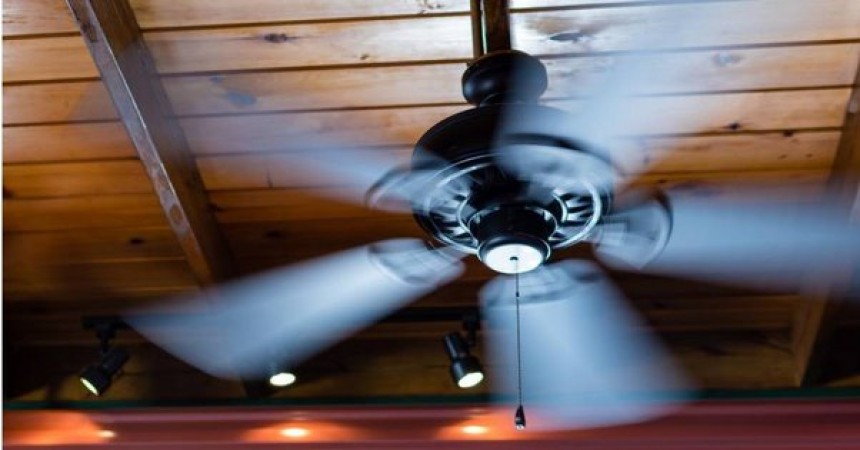
In the realm of cooling systems, the synergy between a condenser and a fan plays a pivotal role in regulating temperature and ensuring comfort. Let's delve into the mechanics of how a small condenser can amplify the speed of a fan, ultimately delivering refreshing cool air.
Cooling systems are designed to dissipate heat and maintain optimal temperatures in various environments, be it homes, offices, or industrial settings. Central to this process are components like condensers and fans, which work in tandem to achieve efficient cooling.
A condenser serves as a crucial element in cooling systems, responsible for converting high-pressure vapor into liquid. By facilitating heat transfer, condensers play a pivotal role in the refrigeration cycle, enabling the extraction of heat from the surroundings.
Fans are indispensable components in cooling systems, responsible for circulating air and facilitating heat exchange. By expelling hot air and drawing in cooler air, fans contribute significantly to the cooling process.
The integration of condensers with fans in cooling systems underscores the significance of synergy in achieving optimal performance. By harnessing the cooling capabilities of condensers, fans can deliver a steady stream of cool air, even in challenging environments.
In the realm of cooling technology, the amalgamation of condensers and fans represents a symbiotic relationship aimed at maximizing efficiency and comfort. By harnessing the cooling prowess of condensers, fans can operate at optimal speeds, delivering a steady flow of cool air and ensuring a refreshing environment.
From What Age and How Much Should a Child Be Fed Eggs?
Frequent Urinary Tract Infections: A Potential Reason for Concern
Eat these 5 foods during pregnancy, the baby along with the mother will remain healthy